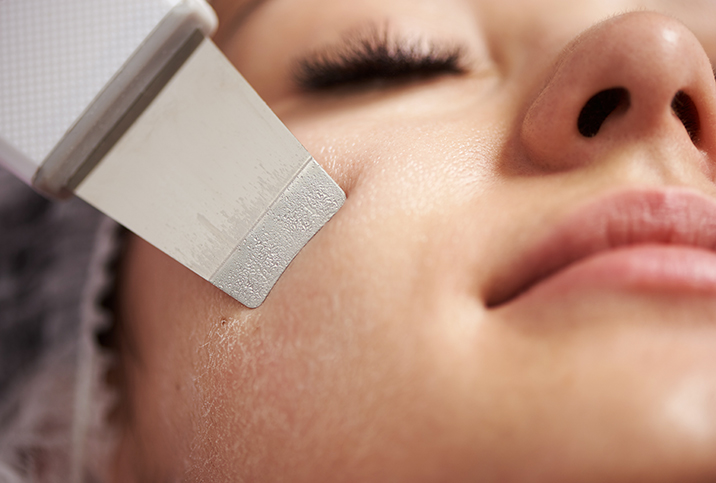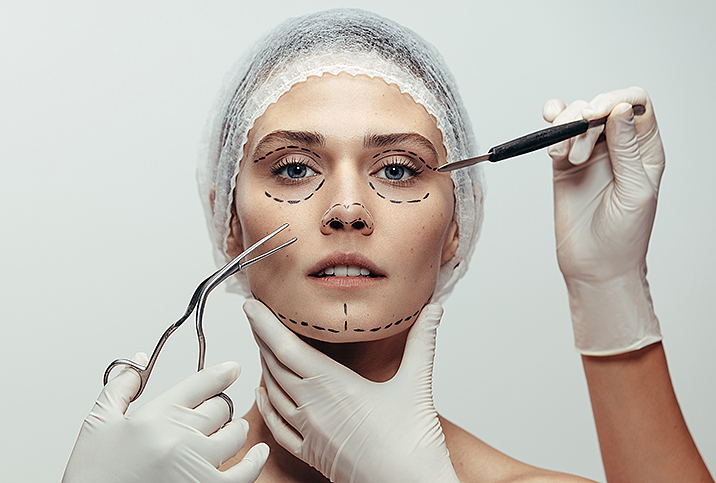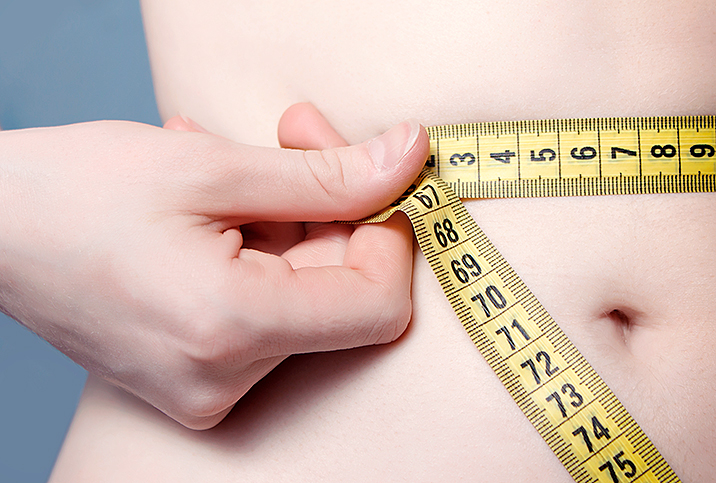Using Ultrasound Treatments to Tighten Loose Skin

When you picture ultrasounds, you likely think of a pregnant woman viewing images of her unborn child. However, ultrasounds are a helpful tool for more than just prenatal check-ins—they can help improve your loose skin. Using a handheld device, cosmetic surgeons can deliver ultrasound waves to target deep layers of the skin and prompt the body's natural regeneration process. Effects include tighter skin, cellulite reduction, lifting, and smoothing of lines and wrinkles.
For up to six months after the procedure, the treated skin can continue to tighten. It's important to note that the changes from ultrasound treatment are not permanent and may require more than one session before patients see their desired results. Most people can expect tightened skin to return to its pre-treated state after one year, at which point a follow-up appointment may be scheduled.
Ultrasound side effects
Doctors have been using ultrasound technology for years, resulting in a reliable safety profile. Ultrasound skin tightening may create minor side effects—such as swelling, tingling, redness, mild tenderness, numbness or bruising—but they should resolve naturally after a few weeks. Ultrasounds create a low level of damage to trigger the body's repair mechanisms; inflammation is necessary for the treatment to be effective.
Unlike surgical skin tightening, such as a face-lift, ultrasounds cause no wounds to care for or bandages to change, and you can return to your regular routine immediately after therapy. You also don't need to worry about infections since no incisions are made during the procedure.
If you do become swollen, you may want to take a day or two off from the gym. Your surgeon can suggest compression garments to help keep swelling down as your body heals, and paying a little extra attention to proper hydration and rest will ensure a speedy recovery.
What ultrasounds can and cannot do
It's important to have realistic expectations before any elective procedure. While ultrasound therapy can offer temporary skin tightening, it cannot produce the same effects as surgical skin removal. Smaller body areas respond best to ultrasound therapy. The Food and Drug Administration (FDA) has approved ultrasounds for tightening the brow, chin, chest and neck.
Some patients opt for ultrasound therapy as an alternative to, or in conjunction with, other facial treatments such as fillers or face-lifts. Additionally, ultrasounds can be a preventive measure for younger patients looking for a natural lift, allowing a person to stave off a face-lift for a few more years.
It's not realistic to expect ultrasound therapy to treat lax skin on the abdomen following a significant weight loss or post-pregnancy. In these cases, a traditional tummy tuck or skin removal surgery (panniculectomy) is a more appropriate solution.
To figure out the best way to achieve your desired results, consult a board-certified plastic surgeon or a dermatologist certified in surgical procedures. And keep an open mind during your discussions as sometimes a more invasive treatment is preferable to produce a greater effect and more permanent results.


















